Industry news
How to Choose Handheld Optical DO Meter for Your Needs
Writer: admin Time:2024-11-15 10:19:22 Browse:914℃
Optical DO meters are essential tools for accurately measuring dissolved oxygen in water. Unlike traditional electrochemical sensors, optical DO meters use luminescence-based technology, offering several advantages such as reduced maintenance, no need for polarization, and higher accuracy in low-oxygen environments.

Why Choose a Handheld Optical DO Meter?
Handheld optical DO meters are portable, easy to use, and ideal for fieldwork. They allow you to quickly assess water quality in various environments, from aquaculture to environmental monitoring. Here are some reasons to consider a handheld device:
Portability: Easy to transport and operate in remote locations.
Durability: Designed to withstand harsh outdoor conditions.
Real-Time Data: Provides immediate results for on-the-spot analysis.
Top 8 Key Factors to Consider When Choosing a Portable Optical DO Meter
1. Accuracy and Precision
Ensure the meter provides accurate and precise measurements. Look for specifications that meet your project requirements, particularly in low oxygen concentration scenarios. Optical sensors typically offer better accuracy compared to traditional methods.
2. Measurement Range
Consider the range of dissolved oxygen levels you need to measure. Some meters are designed for specific ranges, so ensure the device you choose can handle the expected variations in your testing environments.
3. Ease of Use
Look for a model with user-friendly features such as:
Intuitive Interface and user friendly: Simple menus and controls.
Clear Display: Large, readable screens for easy data interpretation.
Automatic Calibration: Reduces setup time and ensures consistent readings.
4. Durability and Material Quality
Handheld meters should be rugged enough to withstand the conditions of fieldwork. Check for:
Waterproofing: vital for these meters because they are frequently utilized in aquatic environments. A high IP (Ingress Protection) rating indicates that the equipment can tolerate water exposure, whether you're working in a rainy setting or doing experiments directly in bodies of water. This feature avoids water infiltration, which could harm critical electronic components.
Shock Resistance: Fieldwork is unpredictable, with the possibility of inadvertent drops or collisions. A shock-resistant design helps prevent the internal components from harm, ensuring that the meter continues to function even after small accidents. Look for devices with reinforced casings or rubberized exteriors to absorb shocks effectively.
Material Quality: High-quality materials are critical to the lifetime and dependability of optical do meters. Choose meters made of durable materials such reinforced plastics or lightweight metals that withstand corrosion and wear over time.
Ambient Temperature: Consider the environment in which the meter will be used. A gadget that can resist severe temperatures, both hot and cold, will be more adaptable and reliable in a variety of environments. Check the optical dissolved oxygen meter indicated operating temperature range to ensure it suits your specific field circumstances.
Ergonomic Design: A durable optical DO meter should also be user-friendly. An ergonomic design with a comfortable grip reduces user fatigue, making it easier to handle during prolonged periods of use. This is particularly important in fieldwork, where ease of use can directly impact data collection efficiency.
5. Battery Life
Fieldwork often requires long hours of operation. Opt for a meter with extended battery life or rechargeable options to ensure uninterrupted usage.
6. Data Management and Connectivity
Modern meters often come with data logging capabilities and connectivity options. Consider:
Data Storage: Enough memory to store your measurements.
Connectivity: USB, Bluetooth, or Wi-Fi for easy data transfer to other devices or cloud storage.
Software Compatibility: Integration with data analysis software can streamline reporting.
7. Price
Price is always a factor, but consider the long-term value of the investment. Cheaper models might have higher maintenance costs or lack critical features. Evaluate the total cost of ownership, including accessories and potential repairs.
Popular Applications of Handheld Optical DO Meters
Aquaculture: Monitor oxygen levels to maintain healthy fish and aquatic life.
Environmental Monitoring: Assess water quality in lakes, rivers, and oceans.
Wastewater Treatment: Ensure compliance with environmental regulations by monitoring effluent quality.
Research and Education: Provide accurate data for scientific studies and student projects.
Conclusion
Choosing the right handheld optical DO meter requires understanding your specific needs, the meter's specification, and the conditions in which you'll be working. By considering factors such as accuracy, durability, ease of use, and data management capabilities, you can select a device that enhances your water quality monitoring efforts.
CATEGORIES
CONTACT US
Yosemitech Technologies Co., Ltd
 +86 19984844080
+86 19984844080
 sales@yosemitech.com
sales@yosemitech.com
 Bldg,25,CECEP Industrial Park, No. 18 Dongchang Rd. Suzhou Industrial Park, Jiangsu Province,China 215126, China
Bldg,25,CECEP Industrial Park, No. 18 Dongchang Rd. Suzhou Industrial Park, Jiangsu Province,China 215126, China







